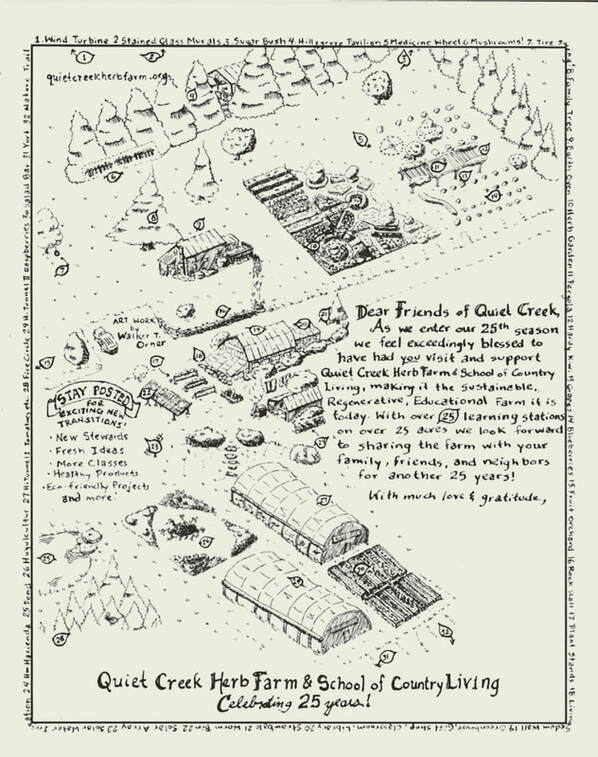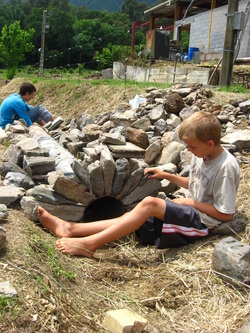
As a marketer, Albrecht, wanted fluid movements as the farm guests move from the garden, to the distillation warehouse, and then to the boutique for final sales. Before the O.F. (Orner family) all his guests had to backtrack through the garden out the one and only exit. “This interrupted the flow of the tour,” as the owner expressed some slight annoyance.
He suggested another gate be built at the end of the garden, so the tour would proceed smoothly to the location where the oils were distilled and extracted. At the location of his suggestion, there was a drainage ditch which diverted the winter rains (presently there has been forty days of sunshine). Here a ramp-like bridge over the ditch would be needed, in addition to the proposed access.
We embraced the project, that is -- me, my dad and my brother. My mother was busy weeding morning glory from the acre of roses, but helped in the process when the time came. First we started by laying a 2 ½ meter pipe in the ditch and covering it with concrete. Next my dad’s many skills came into play.
I had no idea he could teach me how to make archways and walls purely from smooth, flat-faced rocks we collected nearby. My brother Ashton exclaimed, “It’s a Genoese arch!” Sure enough, it was just like the many bridges we studied and explored in our experiential, homeschool lessons on Corsican history.
After assembling Genoese archways around each end of the pipe, we created dry stone walls in parallel to hold the earthen ramp in place. Dad was taught both techniques when working in New England and now he was passing the skill on to my brother and me.
Next Albrecht led us to a huge pile of composted distillation waste (rosemary, immortelle, lemon verbena twigs and more). After digging several loads and spreading hummus, the ramp was complete. Now it was time for the gate.
Dad had spied thick wooden beam perfect for teaching us how to form them into mortise and tenon style with chisels. This old-fashion type of peg and hole conjunction made for a simple frame with no screws or nails. We then cut fresh saplings in the woods (Albrecht directed us to the strongest trees that locals used to carve tool handles). We wove these within our hand-made frame to keep out the dogs and the wild boars. The end product was very heavy (70 kilograms or close to 150 pounds).
Holes for the stout gate posts had to be dug and my mom showed up just in time. We cemented them in after leveling them as best as possible. The following week we returned to hang the gate and place two menhirs at the entrance to the ramp. Menhirs are standing stones sometimes over two meters high(ours were only one, but very thick and heavy). They are found throughout Corsica dating back to 6000 B.C. Some have faces and daggers, and others carved out of granite or gneiss.
Albrecht kept pacing up and down the ramp and opening the gate while admiring the “Masterpiece.” We proudly accepted his compliment knowing we too, in our small way, had contributed to the ardent relationship between our two countries. Granted, we were not Lafayette and his army nor had we bestowed the Statue of Liberty, but we felt gratified that we were building bridges, figuratively and realistically.
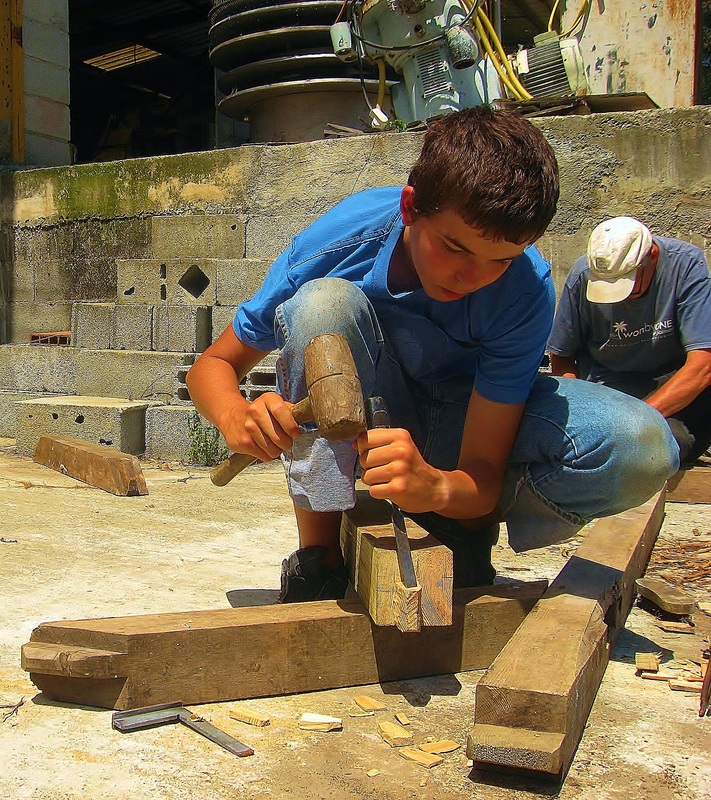
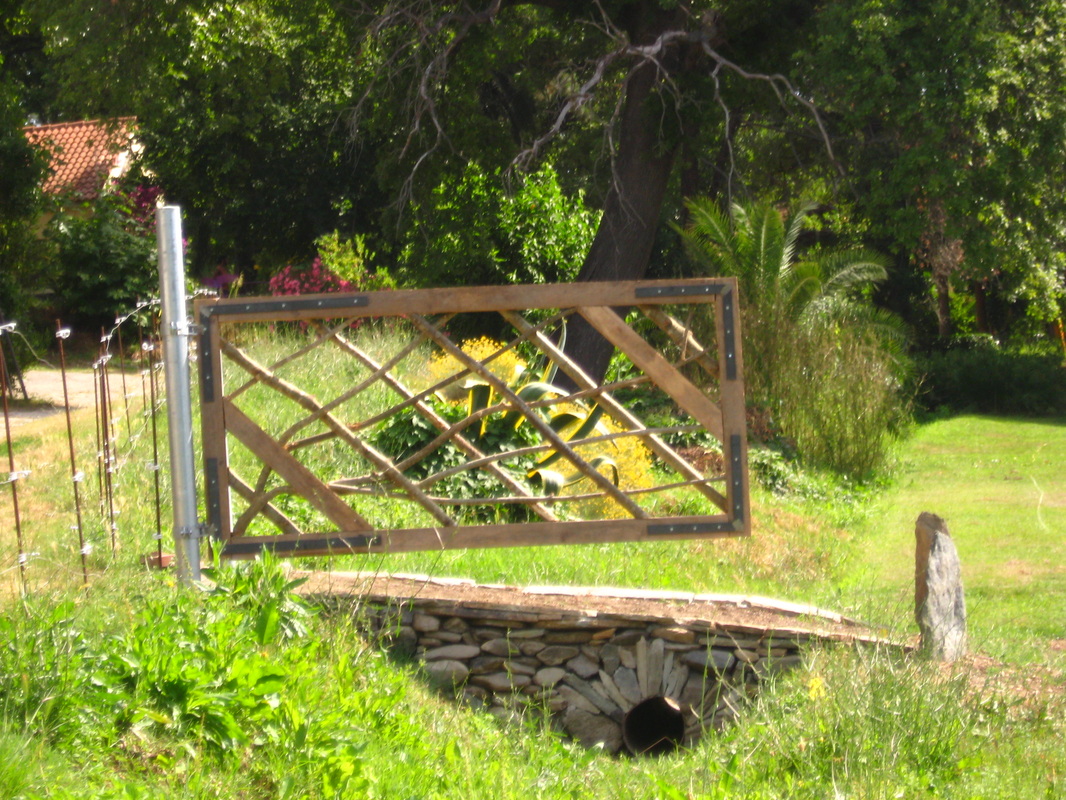
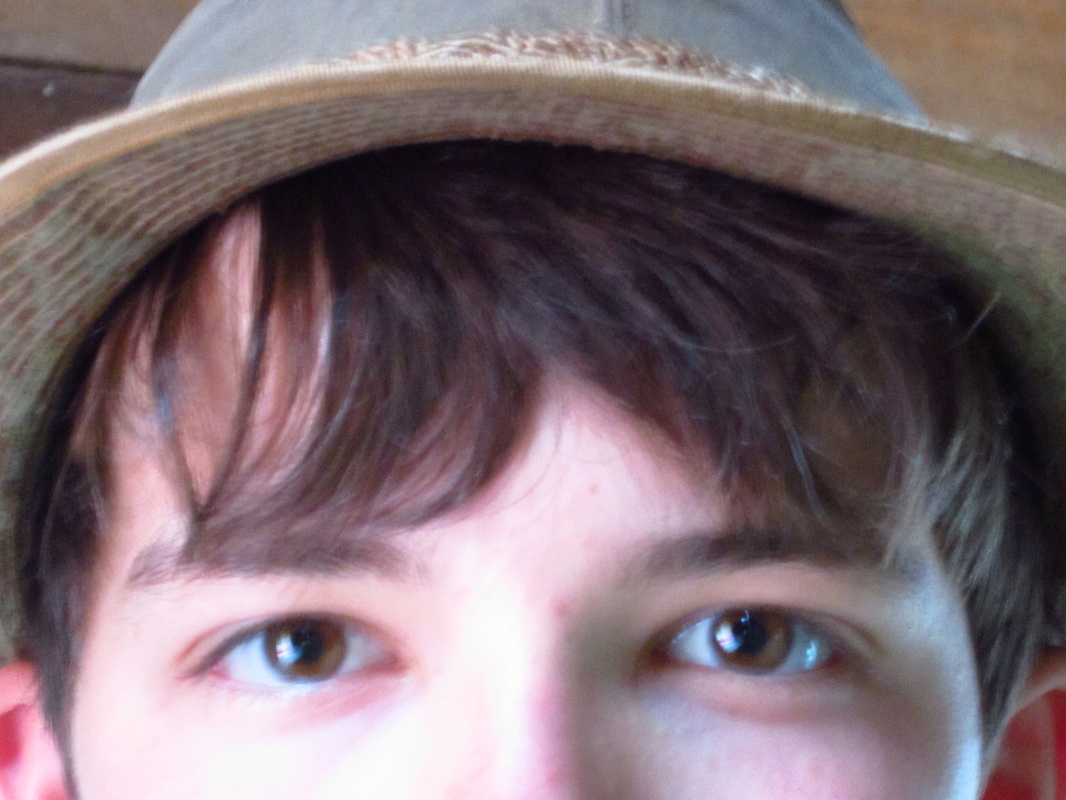
 RSS Feed
RSS Feed
